Sustainable Ecosystem
In the UK property market a sustainable ecosystem is one that integrates environmental, social, and economic considerations to create long-term value while minimizing negative impacts on the environment and society.
BIPV
The Most Abundant energy resource on earth is solar energy with 127k Terra Watt of Solar En-ergy Strikes Earth Continuously. Building Integrated Photovoltaics (BIPV) is a technology that integrates solar panels into building materials, such as windows, roofs, or facades, to generate electricity while maintaining the functionality and aesthetics of the building.
Wind Power
Wind power is a renewable energy source that harnesses the kinetic energy of wind to generate electricity.
Rainwater Harvesting
On average, a single household in the UK consumes around 150 Liters of water per person per day
Future's Renewable Built Environment
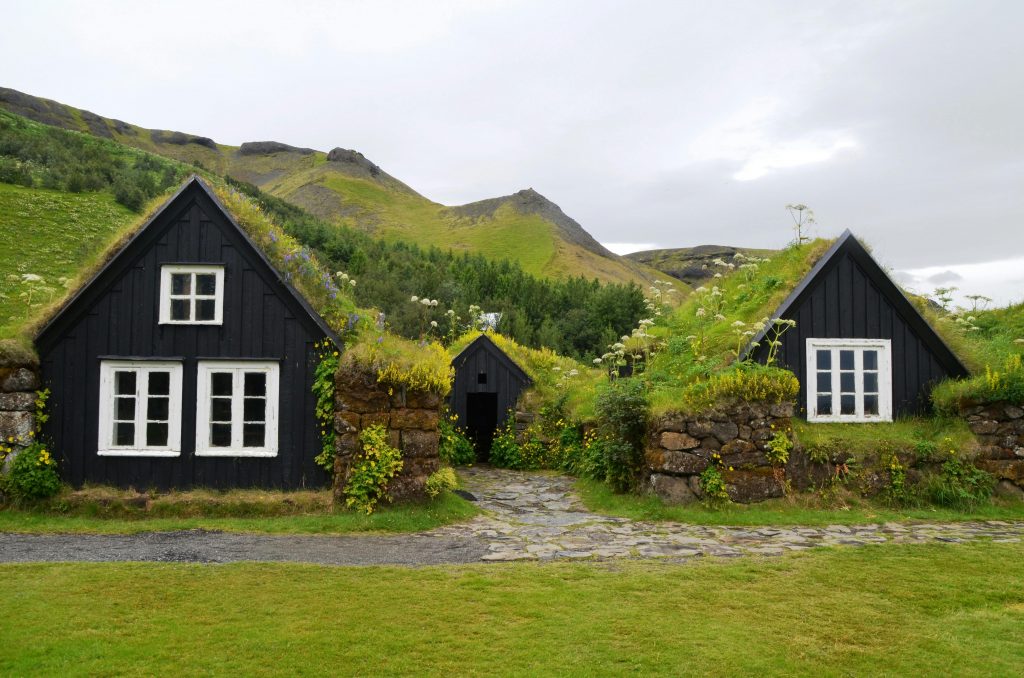
Sustainability Ecosystem
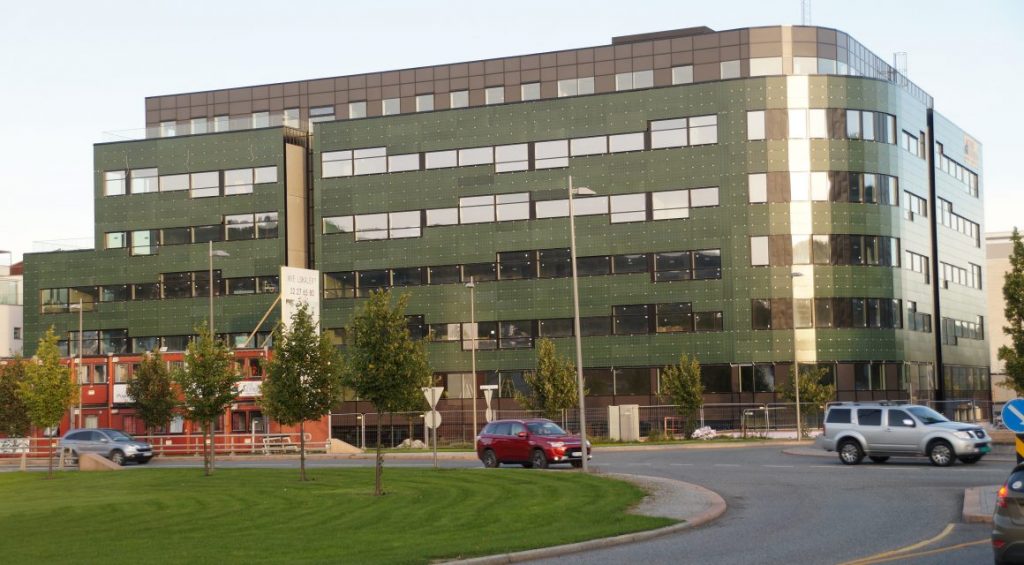
BIPV
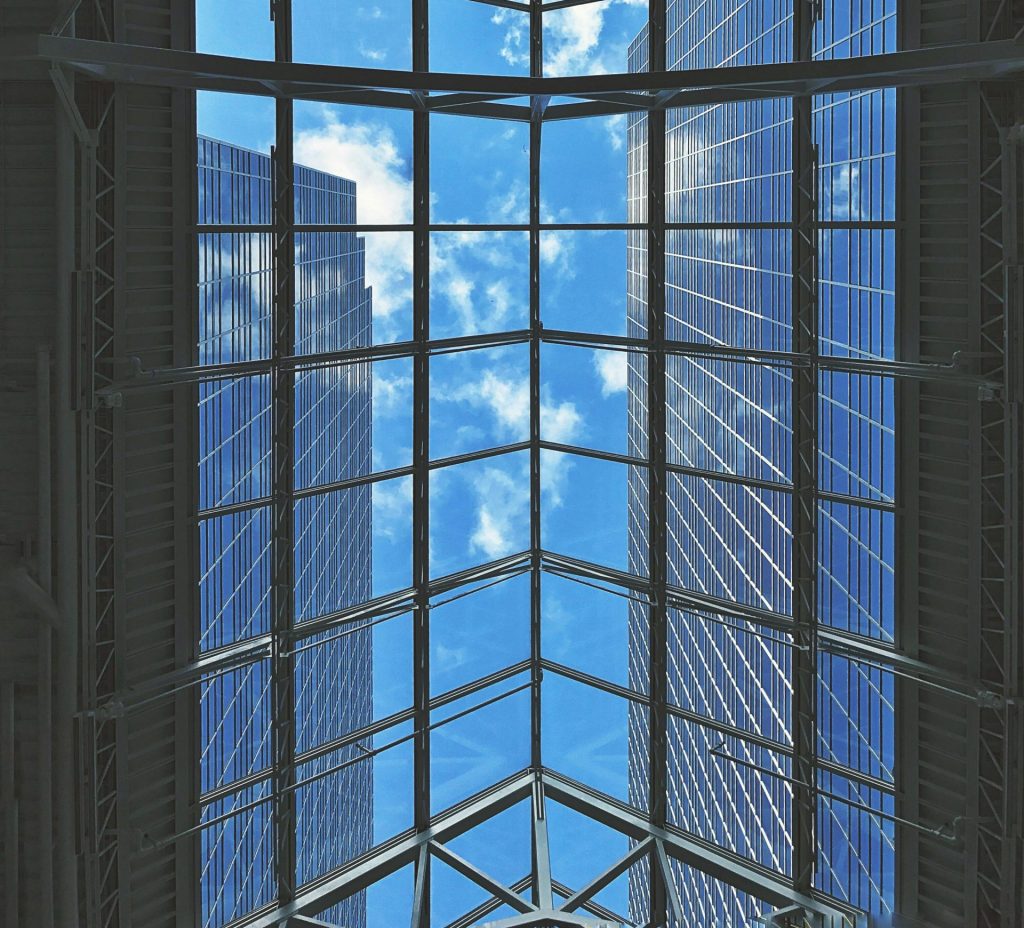
Photovoltaic (PV) Windows:
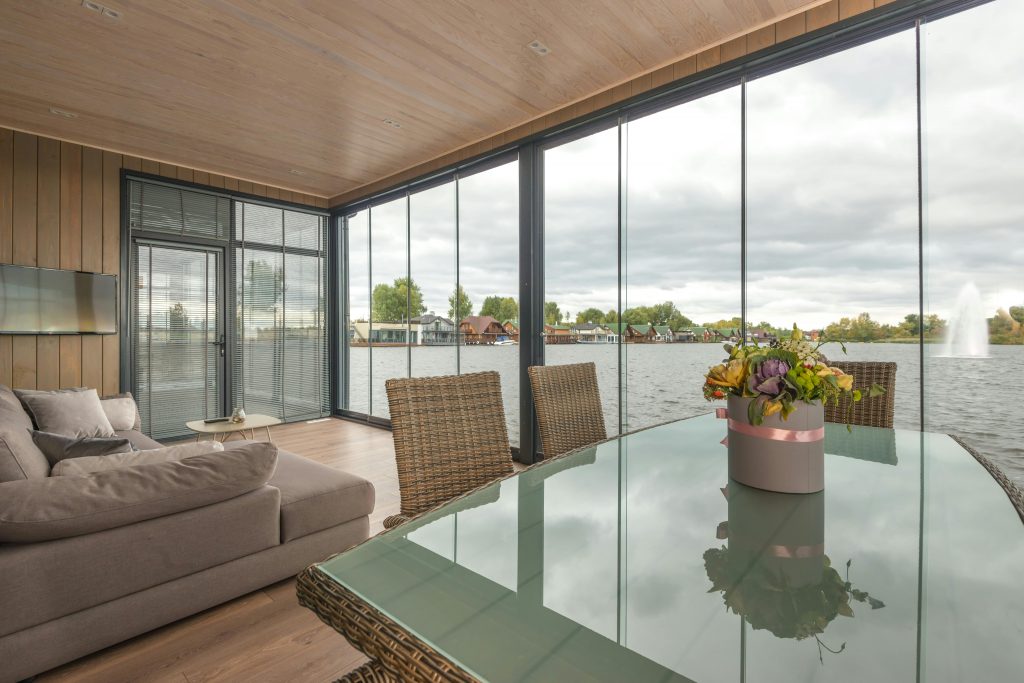
Efficiency
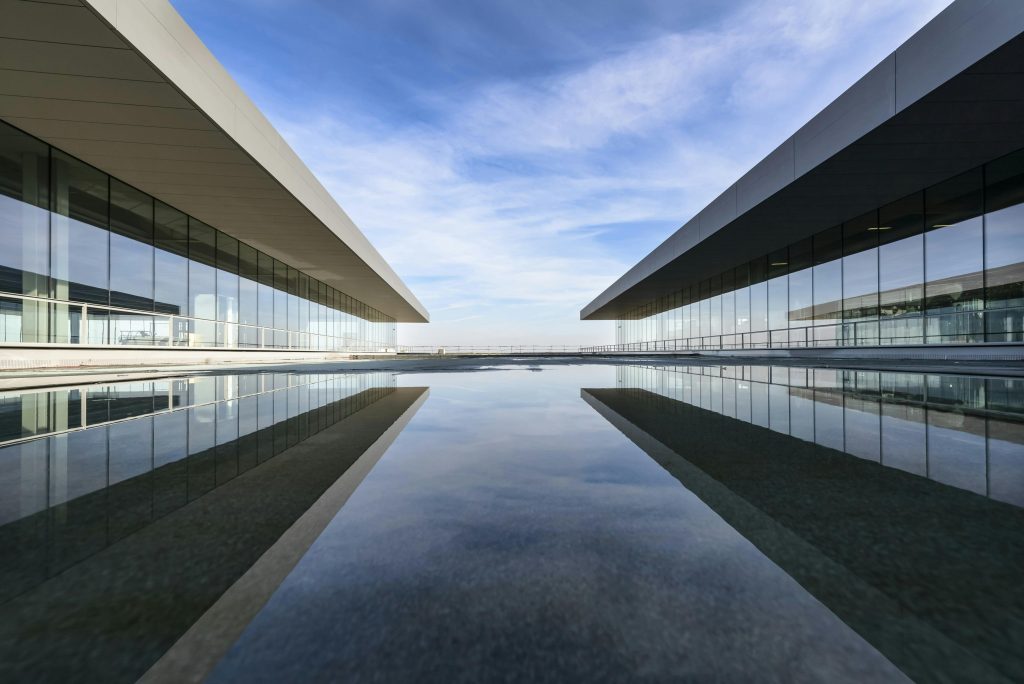
Cost
Facade PV
Roof tiles PV
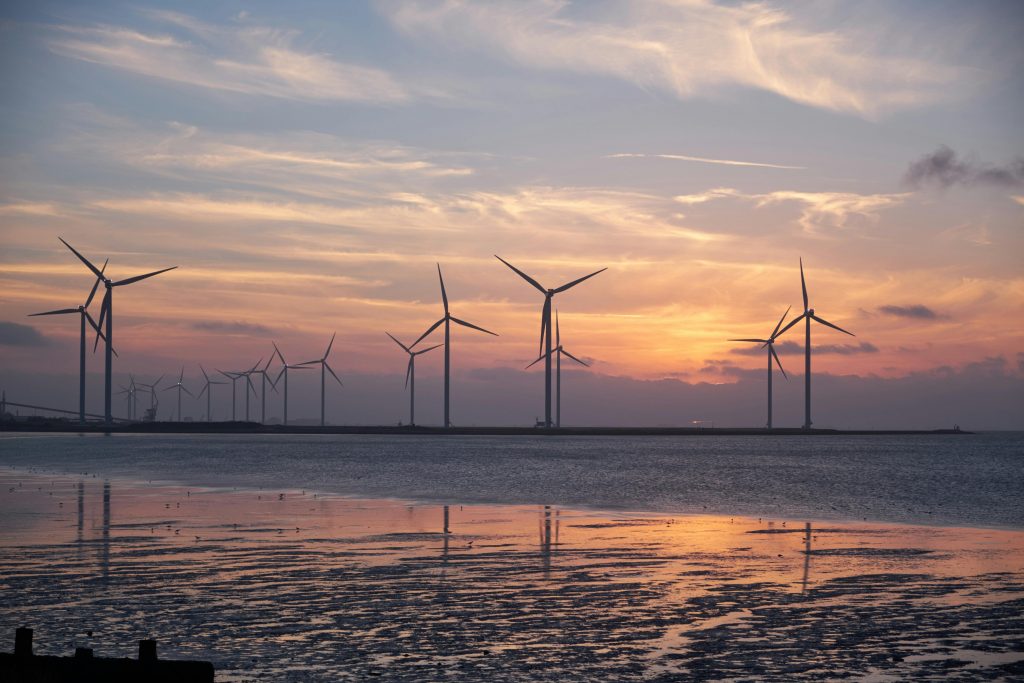
Wind Power

Rainwater Harvesting
Explore our services
BIPV
The Most Abundant energy resource on earth is solar energy with 127k Terra Watt of Solar En-ergy Strikes Earth Continuously.
Wind Power
Wind power is a renewable energy source that harnesses the kinetic energy of wind to generate electricity.
Rainwater Harvesting
On average, a single household in the UK consumes around 150 Liters of water per person per day
Strategy
In the Real Estate market we embark on multiple different strategies, Elysian Assets is dedicated to their clients..
Portfolio
Elysian Assets manages a diverse portfolio encompassing residential properties.
Management
Elysian Assets excels in property management, offering a spectrum of services tailored to meet diverse needs.
